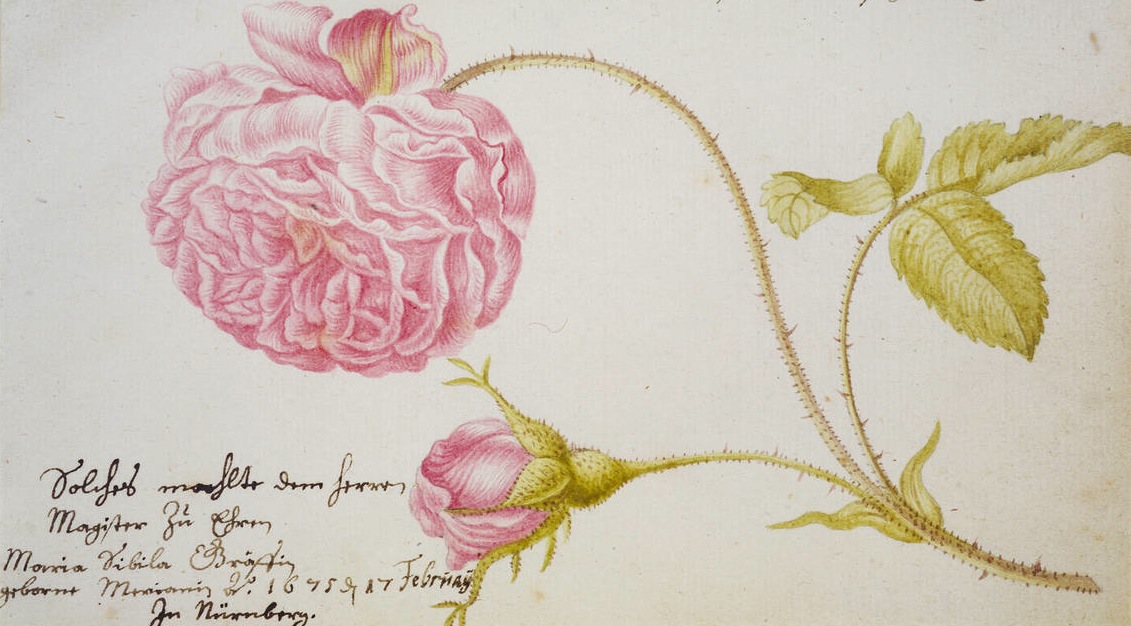A Culture of Cultivation: Flower Still Lifes from the 17th Century to the Present
Flowers encompass only one category within nature, as well as one category within the genre of still-life paintings. Flower still lifes from the seventeenth and eighteenth centuries encourage an exploration of the rapport between art and nature and invite us to contemplate the distinctions between the two. These paintings actively court a desire to remember, and yet, forget that their subject belongs to the real world. Emulating nature through art dominated the creative discourse during this period. Artists possessed an ambition steeped in the confluence of science and art and the mergence of botany with craftsmanship. Investigating these paintings, in all of their botanical and artistic glory, stimulates discussion about the culture out of which these pieces were born.
By beginning with a twenty-first-century example of a still-life photograph of flowers, this exhibition may seem unconventional. However, this regressive chronological approach allows for a more holistic understanding of the genre of flower still lifes and directly addresses the question of why artists of today continue to garner inspiration from the works of seventeenth- and eighteenth-century Dutch still-life painters. How and why do these Dutch flower paintings endure as bastions of artistic genius? After all, flowers eventually fade and wither. While the viability of blossoms remains unavoidably transient, the vitality of art lives on, proving that art outlasts the rhythm of nature. A closer examination of a few select flower still-life paintings from this period exposes the fact that flower paintings function as powerful works of art. They are more than images of mere beauty, and they offer more than an aesthetically pleasing arrangement of petals and buds. This exhibit, A Culture of Cultivation: Still Lifes from the 17th Century to the Present, investigates what it is that constitutes their more complex meaning, and it delves deeper into what lies beneath the petals and stems. From the work of Jan Brueghel the Elder in 1606 to the contemporary work of Paulette Tavormina in 2009, the genre of floral still-life paintings is undoubtedly far-reaching and transcends the historical boundaries of a bygone era. Dutch artists, Jan Brueghel the Elder, Adriaen van Utrecht, and Rachel Ruysch, left an indelible mark on the canon of flower paintings, and today Tavormina boldly preserves their legacy through a photographic lens.
To be sure, this exhibition merely scratches the surface of a long, rich history about the genre of flower still lifes but still celebrates the vitality of flower still-life paintings, as well as their impressive legacy within the world of art. This exposition offers an opportunity for its visitors to be transported back to the seventeenth-century Netherlands. Most importantly, however, it encourages an exploration of the possibility that these paintings do, in fact, represent more than natural beauty and symbolize more than the transience of life. To be sure, the works of this exhibit, as well as those belonging to the genre at large, are infused with a deep sense of culture and cultivation, and it is these qualities found within the works that cannot be understated.
Credits
Meredith Shroyer
